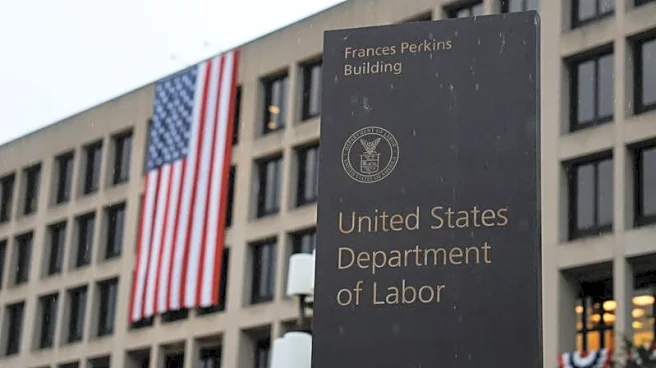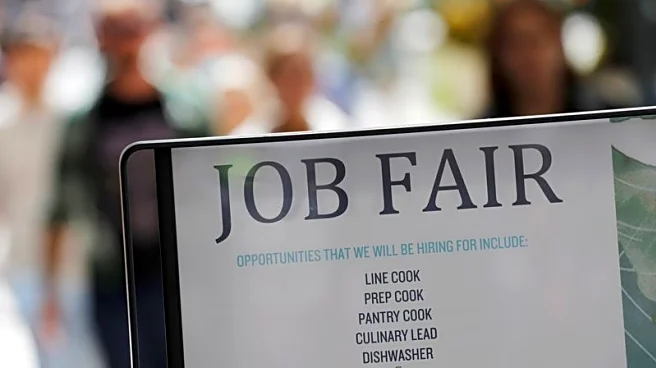What's Happening?
The construction industry in the United States is experiencing a significant decline in job openings, reaching the lowest level in nearly ten years. According to a recent Bureau of Labor Statistics report, the number of open construction jobs fell to 188,000 in August, marking a 38% decrease both month-over-month and year-over-year. This decline is accompanied by relatively low layoffs and discharges, suggesting a contraction in the industry. Despite the drop in job openings, the industry continues to face a tight labor market, with some mobility among workers as indicated by a slight increase in the rate of quits.
Why It's Important?
The sharp decline in construction job openings is a critical indicator of the industry's current economic challenges. This trend may reflect broader economic conditions, including reduced construction spending and employment. The contraction in job openings could have ripple effects on related sectors, impacting suppliers, contractors, and local economies dependent on construction activity. While the industry still competes for skilled labor, the easing pressure on job openings may provide temporary relief for employers struggling to fill positions. However, the long-term implications of this trend could affect the industry's capacity to meet future demand as economic conditions improve.
What's Next?
The construction industry will need to navigate these challenges carefully, balancing the need for skilled labor with the realities of reduced demand. Stakeholders, including contractors and policymakers, may need to consider strategies to support the industry, such as workforce development initiatives or incentives to stimulate construction activity. The potential impact of a government shutdown on the availability of jobs data could further complicate efforts to understand and address these challenges. As the industry adapts to these conditions, monitoring economic indicators and policy developments will be crucial for anticipating future trends.












